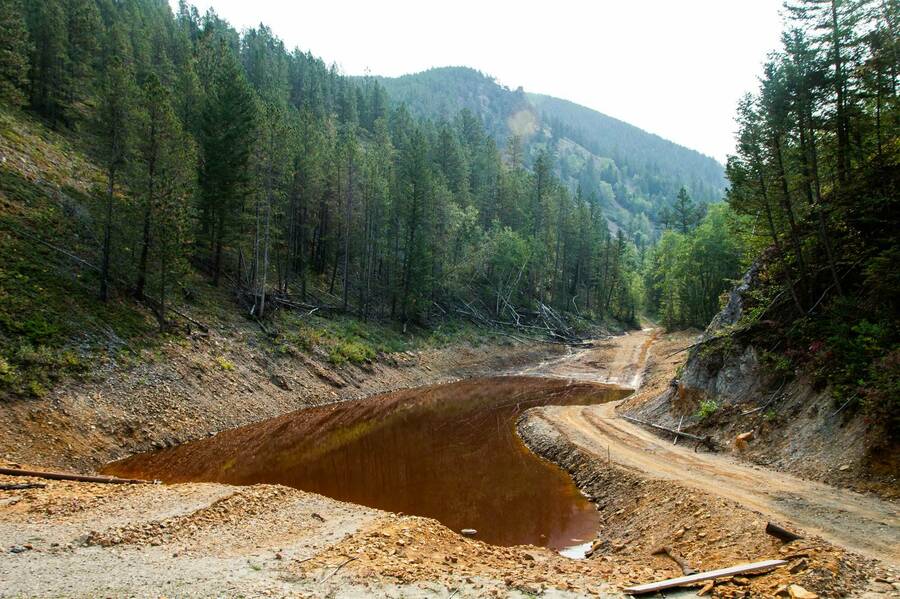By Stephanie Woodard, In These Times

PHOTO BY KATY SPENCE/MONTANA ENVIRONMENTAL INFORMATION CENTER
Tribal chairman Joseph Holley looks out over the magnificent sweep of Nevada hills and mountains where his Western Shoshone people have thrived for millennia. Grey-green and bright-yellow shrubs embellish the carpet of golden fall grasses stretching to the horizon. As we traverse the area, driving and hiking, Holley points out scars on the cherished land.
He shows me battered metal contraptions marking long-shuttered mines. Active mines are gigantic, steep-sided craters; widely spaced bars cover their dangerously long airshafts. We keep our kids close by in these areas,” Holley says. They could easily fall through.”
The access road to one mine destroyed stands of medicinal plants cultivated by an ancient Western Shoshone doctor. A mine’s crew gouged a trench across a hill where tribal members seek visions. Centuries-old rock shelters and hunting blinds have been demolished.

